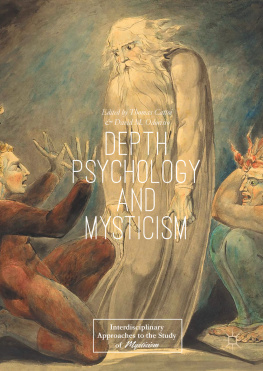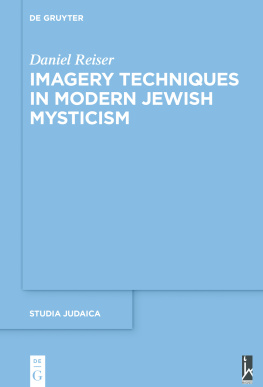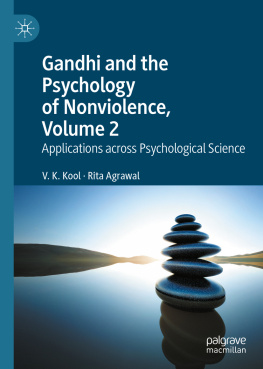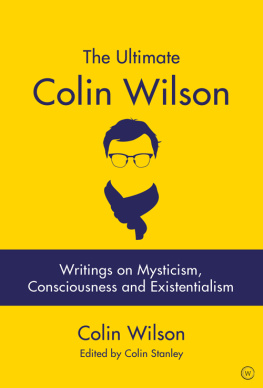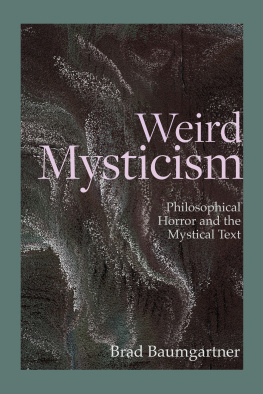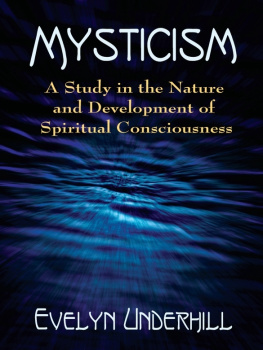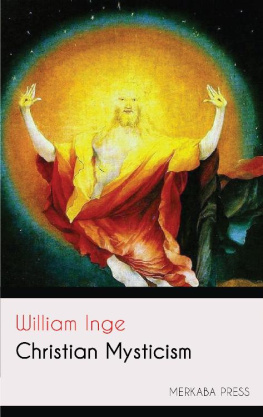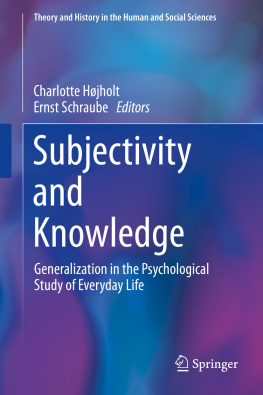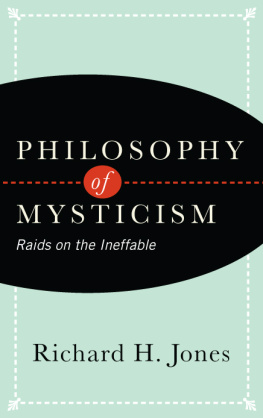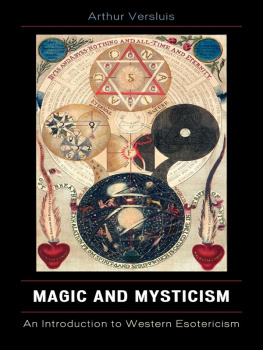1. Introduction: Depth Psychology and Mystical PhenomenaThe Challenge of the Numinous
The Catholic Cathedral of Kathmandu, built in the last decade of the twentieth century before the ravages of the civil war and the devastating earthquakes of 2015, is an unlikely sight in a country that until 2008 prided itself for being the last remaining Hindu monarchy in the world. Hidden in the backways of Patan, the building is ignored by the greatest majority of Western visitors to the Kathmandu valley, but it comes alive on Saturday morningsSaturday being the day of rest in Nepalwhen local Catholics and other immigrants come together for worship.
Many Catholic churches in the Indian subcontinent imitate rather unimaginatively vernacular forms of European ecclesiastical architecture; with the exception of the Syrian churches of Kerala, whose tradition long predates the arrival in India of Latin-rite Christianity, Catholic churches built in India until relatively recently carefully eschew all reference to local architectural or iconographic tradition. The Cathedral of Kathmandu, however, is a visual paradigm of cultural and theological inculturation. As soon as they enter, visitors notice the outlandish shape of the candelabra hanging from the ceiling, shaped as the crowns worn by the Newari kings of Patan before the ascendancy of the Shah dynasty in the eighteenth century. Paintings on the side walls portray Jesus walking around a landscape of stupas, mandirs, and beautifully ordered rice fields.
In a particularly striking composition, Jesus sits on a hill delivering the sermon of the mount, encircled by a stylized dharma wheelsurrounded by his disciples like the Buddha at Sarnath, he is turning the wheel of the Gospel. What is most striking, however, is the huge painting that covers the apse behind the altar: a massive fresco of Jacobs ladder, with legions of angels moving up and down huge slabs of marbles joining heaven and earth, the dwelling place of God and the home of humanity. It does not take long before visitors notice that the iconographic representation of the ladder is actually closely modelled on the stairs to the Swayambhu stupa, one of the most significant Buddhist shrines in the Kathmandu region. There, enormous steps carved in the rock lead one from the depths of the valley to a walled area centered around a stupa and a number of other minor shrines. Pilgrims from the whole Buddhist worldand increasingly, from the Westconstantly walk up and down these steps, moving between modern Kathmandu at the bottomlittered by garbage and choked by pollutionand the residence of the gods and the bodhisattvas in a higher region, characterized by a relative peace and tranquility.
The Cathedrals and the Swayambhu stupa are entry points were not only can one access the divine or ultimate reality, but also where the divine or ultimate reality can penetrate into our world. Behind the fresco and the stupa are liminal experiences that transcend the boundaries of the quotidian and the mundane: Jacobs dream was an entry into a numinous dimension where ordinary spatiotemporal categories no longer apply, whereas the emergence of the stupa from the depths of the valley gestures to a mythical time when gods and men, bodhisattvas and heroes walked together on this earth, and the boundary between the ordinary world of sentient beings and the pure realms of the bodhisattva was blurred. The exercise in artistic inculturation behind the fresco in Kathmandu Cathedral is far more than an instance of iconographic appropriation; rather, it unwittingly, but no less forcefully, discloses the universality of humanitys communing with the numinous , a commingling that encompasses an outward move toward self -transcendence and a descent into the depths of ones own inner lives.
Edward Edinger () observed that throughout human history, our experiences of the numinous were mediated by established religious traditions, but went on to contend that after the emergence of modern psychology, these traditions interpretive ascendance had started to decline. While in the past, individual experiences of the ultimate or the divine were hermeneutically reconfigured to echo and simultaneously buttress the Judeo-Christian narrative, modernitys hard-won understanding of the dynamics of the self questions the normativity of such interpretive moves and invites us to look deeper into the psyche for alternative ways to articulate these experiences. This of course goes a long way toward accounting for the popularity in the contemporary West of Eastern religious traditions, where the ultimatewhether conceptualized as brahman or Buddha natureis radically immanent or even identified with the human person. The cartography of the inner life first mapped by Freud and then expanded by generations of scholars and practitioners after him suggests that it is the psyche that is the chief medium of religious experience, and thus, the classical differentiation between the divine and the psyche s experience of the divine is heuristically insignificant. Indeed, for many early practitioners of psychology, such distinction had to be discarded; those who clung to a traditional, allegedly extrinsic notion of the divineor indeed, to the classical Judeo-Christian narrativewere mired in the swamps of arrested development.
The overt psychological reductionism of this approach rests on the conviction that all speculation about the nature of the divine outside the psyche ought to be avoided, while we should direct our efforts toward exploring how the different strands in humanitys undivided continuum of consciousness coalesce in different configurations in different individuals, creating distinctive selves with their own psychological idiosyncrasies. Depth psychology will talk of the emergence and shaping of the personal self out of the vast cauldron of the transpersonal Self . Religious practices in theistic traditions enjoined a rejection of sin in compliance with God s commands, whereas depth psychology invites us to hone in on our inner challenges to achieve integration. The call to introspection never ceases, but its source and its ultimate goal are reconfigured; rather than a mere stepping stone, psychological work on the self is the very core of spiritual practice. Mystics like John of the Cross or Therese of Lisieuxor more recently, Teresa of Calcuttawould talk of the night of the soul , when God appears to leave them bereft of all consolation, their inner life desolate and parched, and yet this trial is the source of an ever-deeper communion with the divine, where ever-greater insight and intimacy into the divine are reaped, even if at high cost. Similarly, in depth psychology , all inner crises or pathologies can become epiphanies of the divine; they are not to be discarded as nuisances, or obstacles to the achievement of functional neuroticism, but they are manifestations of deeper shifts in the architecture of the soul , which can birth new and ever-expanding visions of the divine.
The implication of such classical depth psychological approach is a sort of Husserlian suspension of all attempts to probe the actual truth of specific religious or theological claims based on individual experience, or indeed on texts purporting to interpret individual experience. The depth psychologist would abstain from passing judgement on the truthfulness of particular events that are regarded as foundational or as having a transformative impact on the life of a particular individual or community; rather, it will limit itself to illumine the repressed transpersonal experiences of the collective unconscious as they try to break out and manifest in specific archetypal forms. It is therefore illusory to split the individual soul from the broader consciousness of which it is a manifestation, and it would be clinically futile to try and heal it apart from this broader context. In this perspective, the divine is conflated with the transpersonal levels of the unconscious ; archetypes are not Platonic ideas existing in some sort of celestial hyperuranion, but conceptual and imaginal patterns that are actualized once they enter into our individual consciousness and are given actual expression within a specific cultural context. As such, myth -making is part and parcel of what makes us human; while contemporary Westerners tend to view mythology as indicating old, possibly entertaining, but ultimately outdated attempts to make sense of the worldattempts now superseded by science and philosophy mythology is the flowering of the unconscious in the soil of different human cultures, a pattern of symbols and stories that uncover the depths of the human condition and its desire to make meaning. Jacobs ladder in ancient Palestine will become the ascent to Swayambhu in Nepal: an awareness of the flaws of the human condition, an aspiration toward self -transcendence, the intimation of a peak experience far removed from us and yet somehow always within reach, and the pull of the earth that impinges on us and calls us back to the depths.

